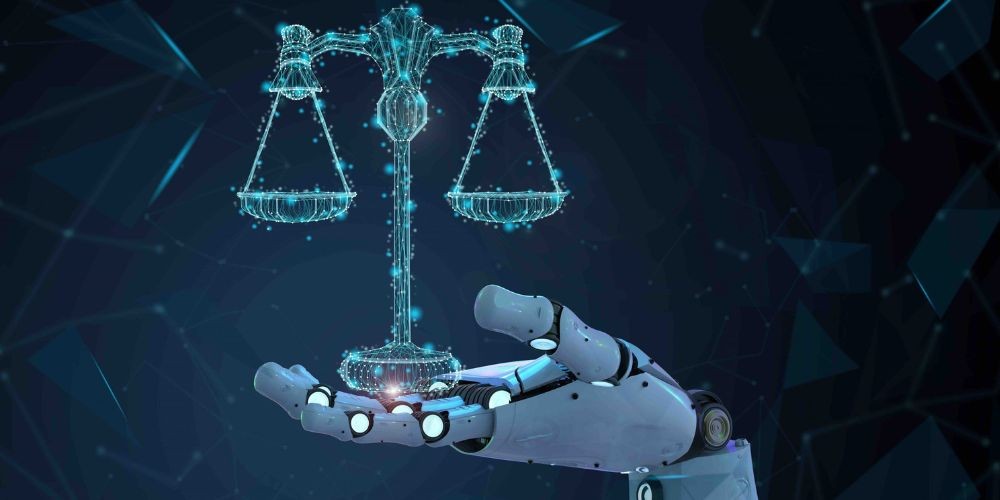Navigating the New Frontier: EU's Bold Steps in AI Regulation
Mar-14-2024

In the ever-evolving saga of technology and regulatory frameworks, the European Union has taken a pioneering stride towards the ethical stewardship of artificial intelligence. Eschewing the role of passive observer, the EU is crafting a narrative of proactive governance in the tumultuous seas of digital innovation. Its latest announcement heralds a suite of rules intended to safeguard citizens’ rights against the potential misuse of AI, underscoring the union's commitment to privacy, security, and democratic values within the digital realm.
The crux of the EU's legislative initiative lies in drawing ethical boundaries around AI applications. A formidable list of prohibitions is being tabled, targeting AI uses deemed hazardous to public welfare. Among them are biometric categorization systems that identify individuals based on sensitive traits and the arbitrary collection of facial recognition data. Moreover, the legislation aims to curb the application of AI for contentious purposes like emotion recognition in sensitive environments, predictive policing based solely on profiling, and programs designed to influence or exploit human behaviors. The intent is manifestly clear: to curtail the reach of AI before its roots plunge too deeply into areas with profound societal implications.
Critics might argue that such regulations are reactionary shackles, applied only after questionable applications have breached the surface. Indeed, the global nature of digital technology could render these rules less effective, potentially setting EU developers at a disadvantage as the digital arms race escalates. A retrospective grip seems less impactful when contrasted with the borderless spread of technology, where non-compliance in one corner of the world may undermine diligent efforts elsewhere. This paradox raises essential queries about the genuine effectiveness of such regulation and the international reciprocity it would require to function optimally.
The EU's approach to the AI conundrum also raises the question of whether laws should focus on the end products of AI—or rather, delve into the DNA of these systems by scrutinizing the underlying language models and datasets. A nuanced understanding of AI's raw materials could afford a preemptive rather than retrospective framework, one that assesses the foundational elements influencing AI behavior and potential misapplications. This paradigm shift would allow developers to innovate freely while maintaining an ethical leash on the data that fuels these intellectual engines, potentially providing a more holistic solution to the unintended consequences of AI development.
In conclusion, the EU's latest foray into AI regulation is an audacious and necessary response to the escalating dynamics between technology and society. The effectiveness of these regulations, however, lies in their practical implementation and international cooperation. While there are concerns about curbing innovation or losing ground in the global AI race, the broader realization looms over this discourse: regulation of technology should evolve in tandem, ensuring that safeguards are in place while innovation continues to thrive. As the world gazes upon the EU's regulatory experiment, the delicate balance between restraint and encouragement of AI advancement remains at the forefront of this unfolding digital narrative.







